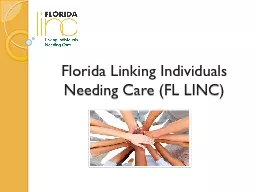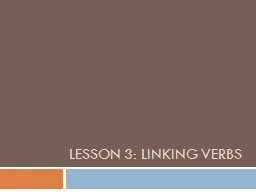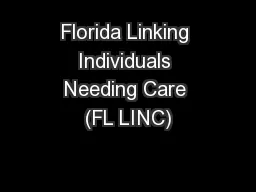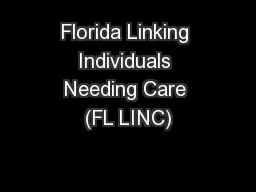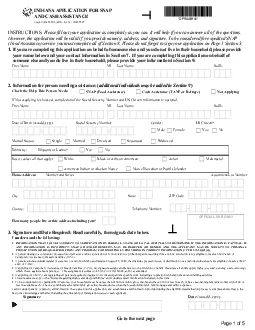PPT-Florida Linking Individuals Needing Care (FL LINC)
Author : luanne-stotts | Published Date : 2019-11-25
Florida Linking Individuals Needing Care FL LINC Suicide is a Major Concern in Florida Floridas suicide rate higher than national average 138 vs 1293 per 100000
Presentation Embed Code
Download Presentation
Download Presentation The PPT/PDF document "Florida Linking Individuals Needing Care..." is the property of its rightful owner. Permission is granted to download and print the materials on this website for personal, non-commercial use only, and to display it on your personal computer provided you do not modify the materials and that you retain all copyright notices contained in the materials. By downloading content from our website, you accept the terms of this agreement.
Florida Linking Individuals Needing Care (FL LINC): Transcript
Download Rules Of Document
"Florida Linking Individuals Needing Care (FL LINC)"The content belongs to its owner. You may download and print it for personal use, without modification, and keep all copyright notices. By downloading, you agree to these terms.
Related Documents

